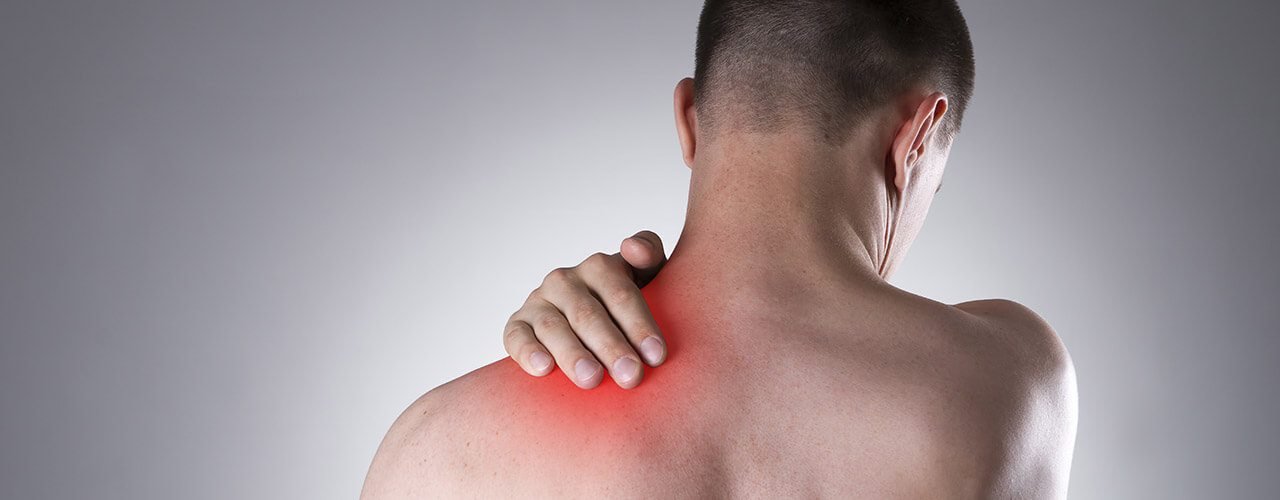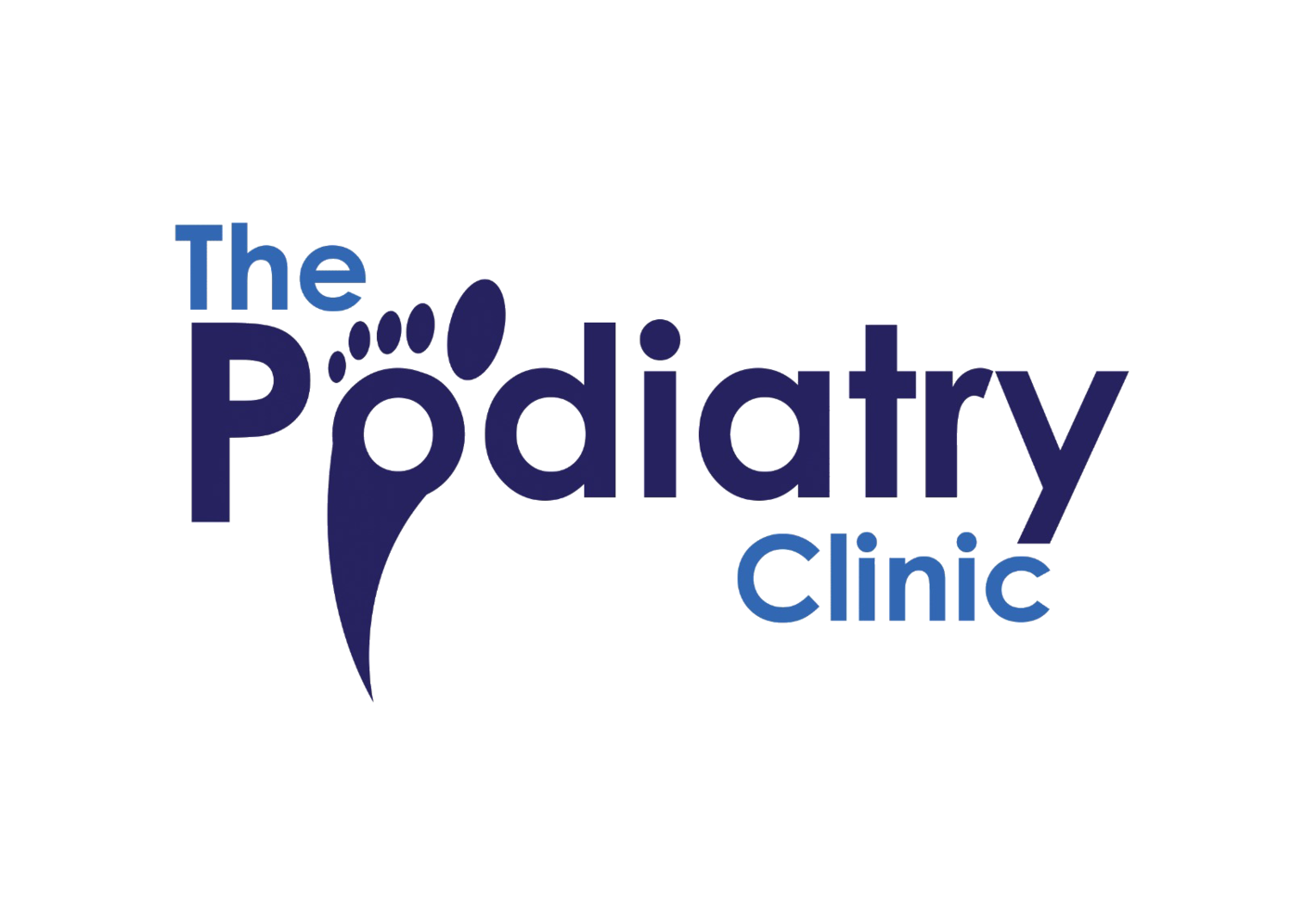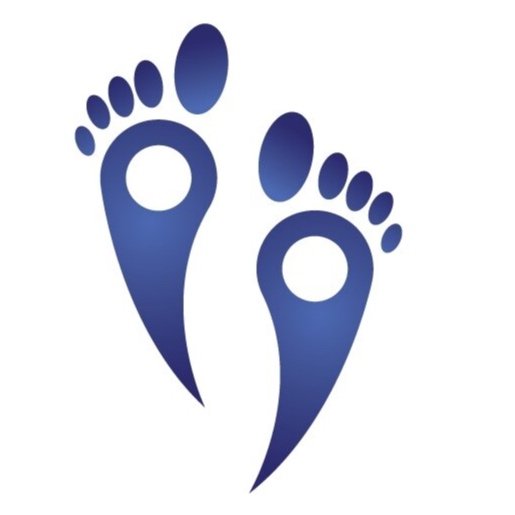
Neck Pain – Diagnosis & Treatment
Neck pain is a very frequent ailment. Poor posture, whether it's leaning over your computer or hunching over your workstation, can strain neck muscles. Neck pain is frequently caused by osteoarthritis.
Neck pain is occasionally an indication of a more serious issue. If you have numbness or lack of strength in your arms or hands, or if you have shooting pain into your shoulder or down your arm, seek medical help.
Symptoms
The following are some of the signs and symptoms:
Holding your head in one place for lengthy periods of time, such as while driving or working at a computer, can aggravate the pain.
Muscle spasms and stiffness
Your capacity to move your head is limited.
Headache
When should you see a doctor or physiotherapist ?
Consult your doctor or physiotherapist if.
If you have severe neck discomfort as a result of an injury, such as a car accident, diving accident, or a fall.
If neck pain is persistent ?
If neck pain is severe?
If spreads down arms or legs for several days without relief?
If there a headache, numbness, weakness, or tingling with it?
Causes of Neck Pain
Because your neck is flexible and bears the weight of your head, it is susceptible to injuries and disorders that cause pain and limit movement. The following are some of the reasons of neck pain:
Strains in the muscles. Muscle strains are frequently caused by overuse, such as spending too much time slumped over a computer or smartphone. Neck muscles can be strained by even small activities such as reading in bed or gritting your teeth.
Joints that are worn out. Your neck joints, like the rest of your body's joints, deteriorate with age. The cushions (cartilage) between your bones (vertebrae) degrade as a result of osteoarthritis. Bone spurs grow as a result, obstructing joint motion and causing pain.
Compression of the nerves. Nerves branching out from the spinal cord might be irritated by herniated discs or bone spurs in the vertebrae of your neck.
Injuries. Whiplash is a type of injury that happens when the head is jerked backward and then forward, putting strain on the soft tissues of the neck.
Diseases. Neck pain can be caused by disorders including arthritis.
Diagnosis
Your doctor or physiotherapy will examine you and take a medical history. Tenderness, numbness, and muscle weakness will be checked, as well as how far you can move your head forward, backward, and side to side.
Imaging tests
To gain a better picture of the reason of your neck pain, your doctor or physiotherapy may request imaging studies. Here are examples:
X-rays. X-rays can indicate places in your neck where bone spurs or other degenerative changes may be pinching your nerves or spinal cord.
CT scan is a type of x-ray. CT scans combine X-ray images from a variety of angles to provide comprehensive cross-sectional views of your neck's interior components.
MRI. MRI creates comprehensive images of bones and soft tissues, including the spinal cord and nerves that branch from it, using radio waves and a strong magnetic field.
It's possible to have structural issues in your neck without experiencing symptoms, as evidenced by X-ray or MRI. To diagnose the origin of your discomfort, imaging studies should be utilised in conjunction with a thorough history and physical examination.
Other tests
Electromyography (EMG) is a technique for (EMG). If your doctor feels that your neck pain is caused by a pinched nerve, an EMG may be recommended. It entails placing small needles into a muscle through your skin and doing tests to evaluate whether certain nerves are working properly by measuring the speed of nerve transmission.
Tests on the blood. Inflammatory or viral disorders that may be causing or contributing to your neck pain can occasionally be detected through blood tests.
Treatment for Neck Pain
Within two or three weeks, the most common types of mild to moderate neck discomfort usually respond nicely to physiotherapy treatment. If your neck pain persists, your doctor or physiotherapy may suggest other options.
Medications
For pain treatment, your doctor or physiotherapy (independent prescriber) may prescribe stronger pain medications than those available over-the-counter, as well as muscle relaxants and tricyclic antidepressants.
Physiotherapy
Physiotherapist can teach you proper posture, alignment, and neck stretching and strengthening exercises, as well as utilise heat, cold, electrical stimulation, and other techniques to relieve discomfort and prevent it from returning. Your physiotherapist can go over the advantages and disadvantages with you of particular treatment options. Treatments that are not conventional include:
Myofascial Release with ASTR tools. Myofascial release (MFR) therapy with tools focuses on releasing muscular shortness and tightness and relieves soft tissue restrictions that cause pain. It is also known as myofascial trigger point therapy. It is a type of safe, low load stretch that releases tightness and pain.
Shockwave Therapy. One of the main causes of neck pain are myofascial trigger points, these are localised segments of muscle that that been subjected to acute injury and micro-trauma from repetitive stress. Shockwave can be very helpful for chronic neck pain including tension headaches and release trigger points.
LASER Therapy (Class IV). It may sound futuristic but it has become a standard of care in musculoskeletal pains. Patient experiences an improvement of symptoms including reduced pain, swelling, and range of motion and of course, the heat from the laser is soothing as well.
Electrical nerve stimulation applied to the skin (TENS). Electrodes implanted near sensitive parts of the skin send out tiny electrical impulses that may help ease pain.
Traction. Under the guidance of a medical specialist and a physiotherapist, this therapy may be able to relieve some neck discomfort, particularly pain caused by nerve root irritation.
Acupuncture. Acupuncture is a technique that includes inserting tiny needles into certain places on the body. Acupuncture has been shown to aid with a variety of pains in studies. However, research on neck discomfort has been divided. You may require numerous acupuncture sessions to achieve the optimum benefits. When conducted by a certified practitioner using sterilised needles, acupuncture is generally regarded safe.
Massage. A qualified practitioner manipulates the muscles in your neck with his or her hands during a massage. Massage may provide relief when combined with your doctor's suggested therapies in persons with neck pain, while there is little scientific proof to back it up.
Other:
Injections of steroid. To relieve pain, your consultant may inject corticosteroid drugs near the nerve roots, into the small facet joints in the cervical spine's bones. Neck discomfort can also be relieved by injecting numbing drugs like lidocaine.
Surgery. Surgery is rarely required for neck pain, however it may be necessary to relieve nerve root or spinal cord compression.

